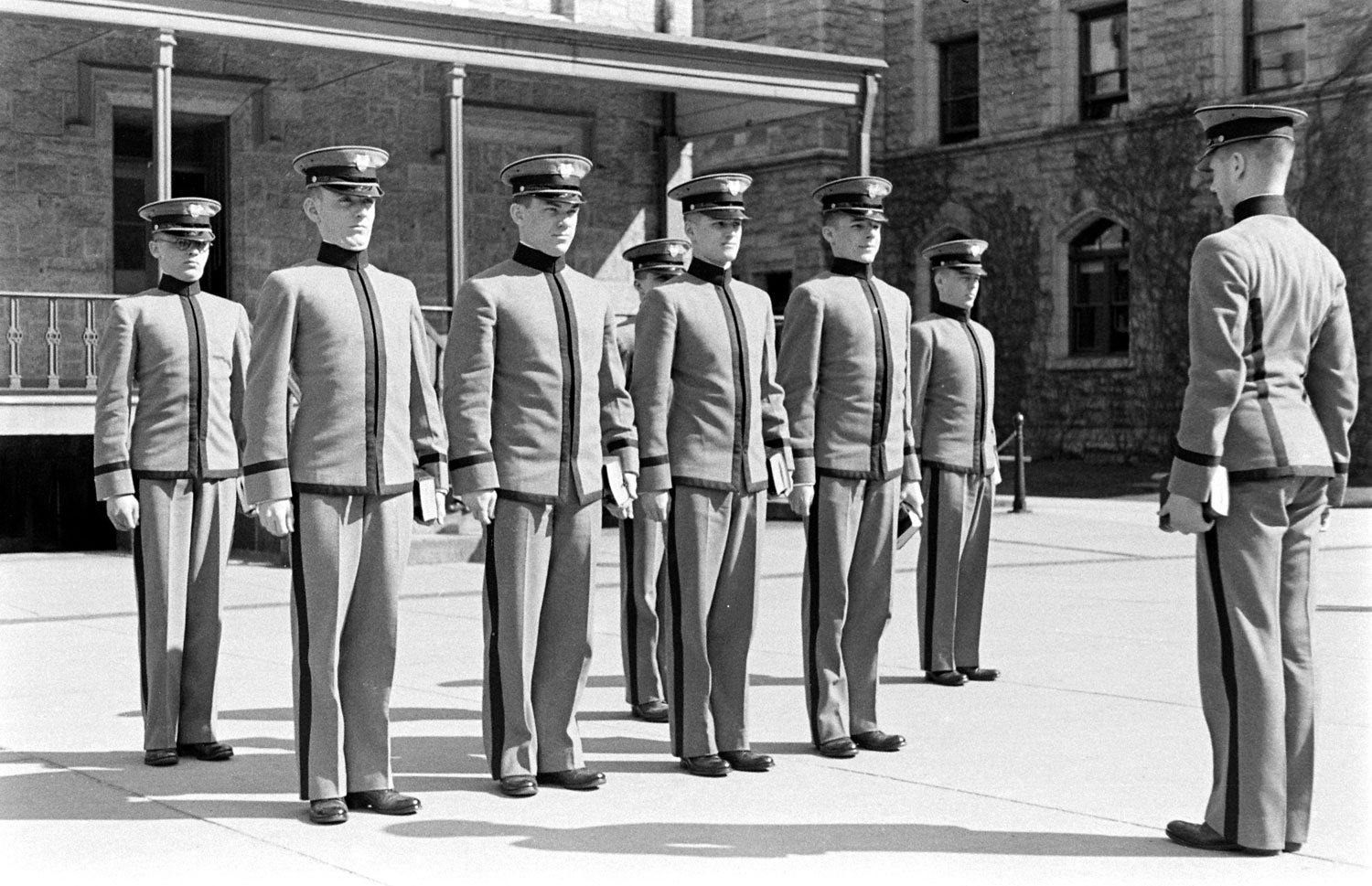
The first issue of a magazine — especially a magazine that hopes to help define the era in which it lives — the first issue is always a big deal. It sets the tone for everything to come. It’s a pronouncement, a statement of purpose. It shows readers what they can expect, and it tells everyone (including, of course, other publications) just what this new title is made of.
When LIFE magazine launched in November 1936, the people behind it — including Henry Luce, who had co-founded TIME magazine more than decade earlier — made it clear from the start that this was not going to be just another picture magazine. The cover story in that first issue, featuring Margaret Bourke-White’s magnificent photographs of the men, women and machines building the monumental Fort Peck Dam in Montana, set a visual storytelling standard that, to this day, has never been exceeded. No one would argue that every single one of the more than 2,000 issues that LIFE published between November ’36 and December 1972 was a classic. But that first issue showed anyone and everyone who saw it that here was a publication that intended to stick around — and aimed to change the way that subscribers and readers expected from a weekly magazine.
But what about LIFE’s second issue? Like Larry Doby (the second black major league ballplayer, after Jackie Robinson) or Buzz Aldrin (the second man on the moon) or John Landy (the second man to break the four-minute mile), the second issue of a weekly as ambitious and audacious as LIFE might feel, inevitably, like something of an afterthought. And yet, in some ways, it’s even more important than the first issue. Hell, anyone can put out one issue of a magazine; the real test comes when one has to put out another, and another, and another, week after week, for years on end — and make it matter.
In retrospect, of course, LIFE made it matter more deeply and to more readers for more issues than almost any other title in the history of American magazines. The very name, “LIFE magazine,” is familiar to people who weren’t even born when it stopped publishing more than 40 years ago. So, quite obviously, that November 1936 first issue heralded great things. But here, on the second of January, 2013, LIFE.com wanted to pay tribute to LIFE magazine’s second issue — and to often-forgotten seconds everywhere.
Doby, Landy, Aldrin and all the other men and women who have followed on the heels — frequently hard on the heels — of more famous pioneers deserve recognition, too, and so does that all-important second issue of a magazine that intends to utterly transform the way that people think about a weekly publication. Here, then, is a gallery of photos made by Alfred Eisenstaedt for the cover story of the second issue of LIFE — a feature on cadets at West Point.
This might not have been the first cover story LIFE ever ran; but it’s first-rate, nevertheless.

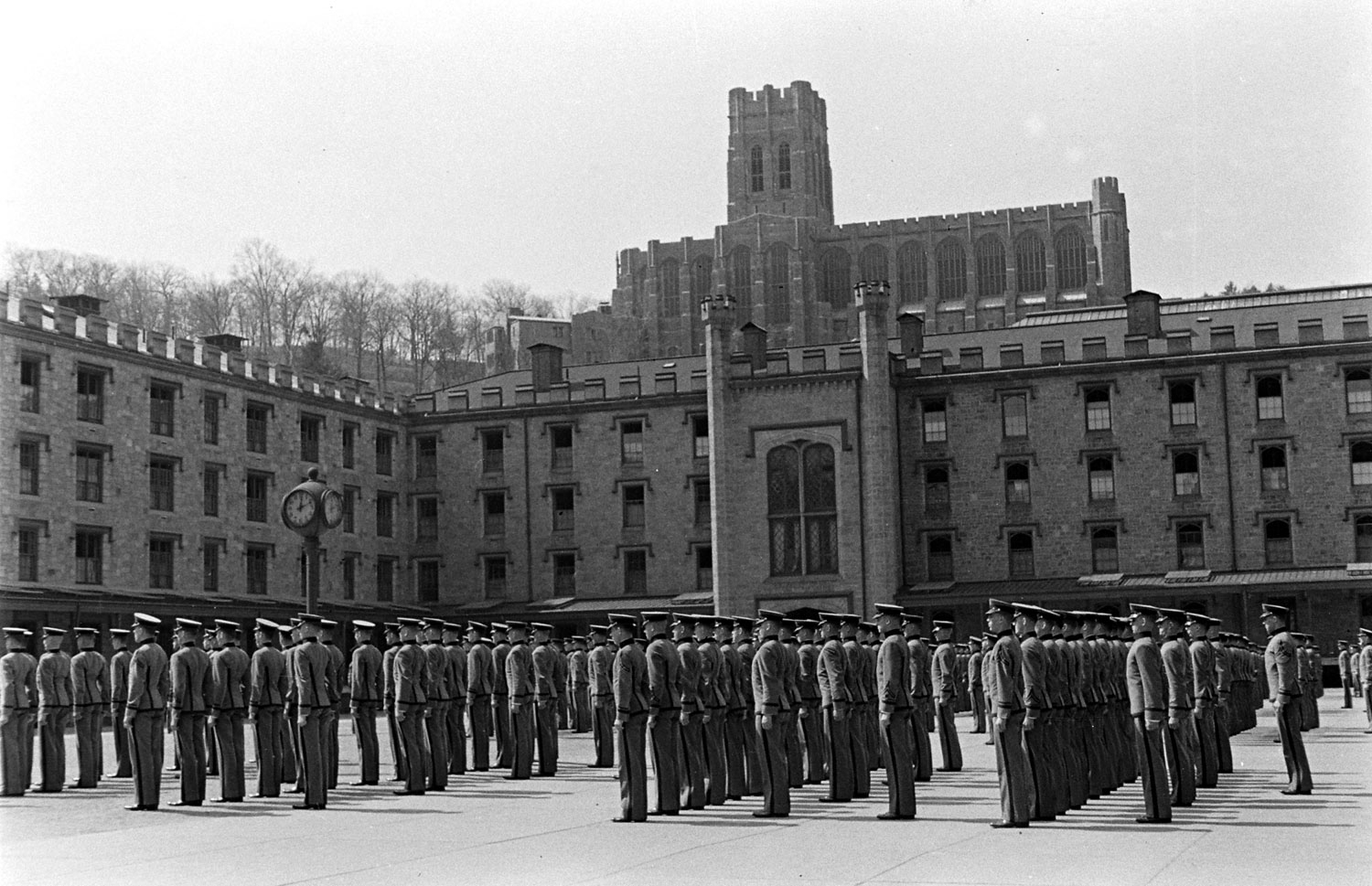
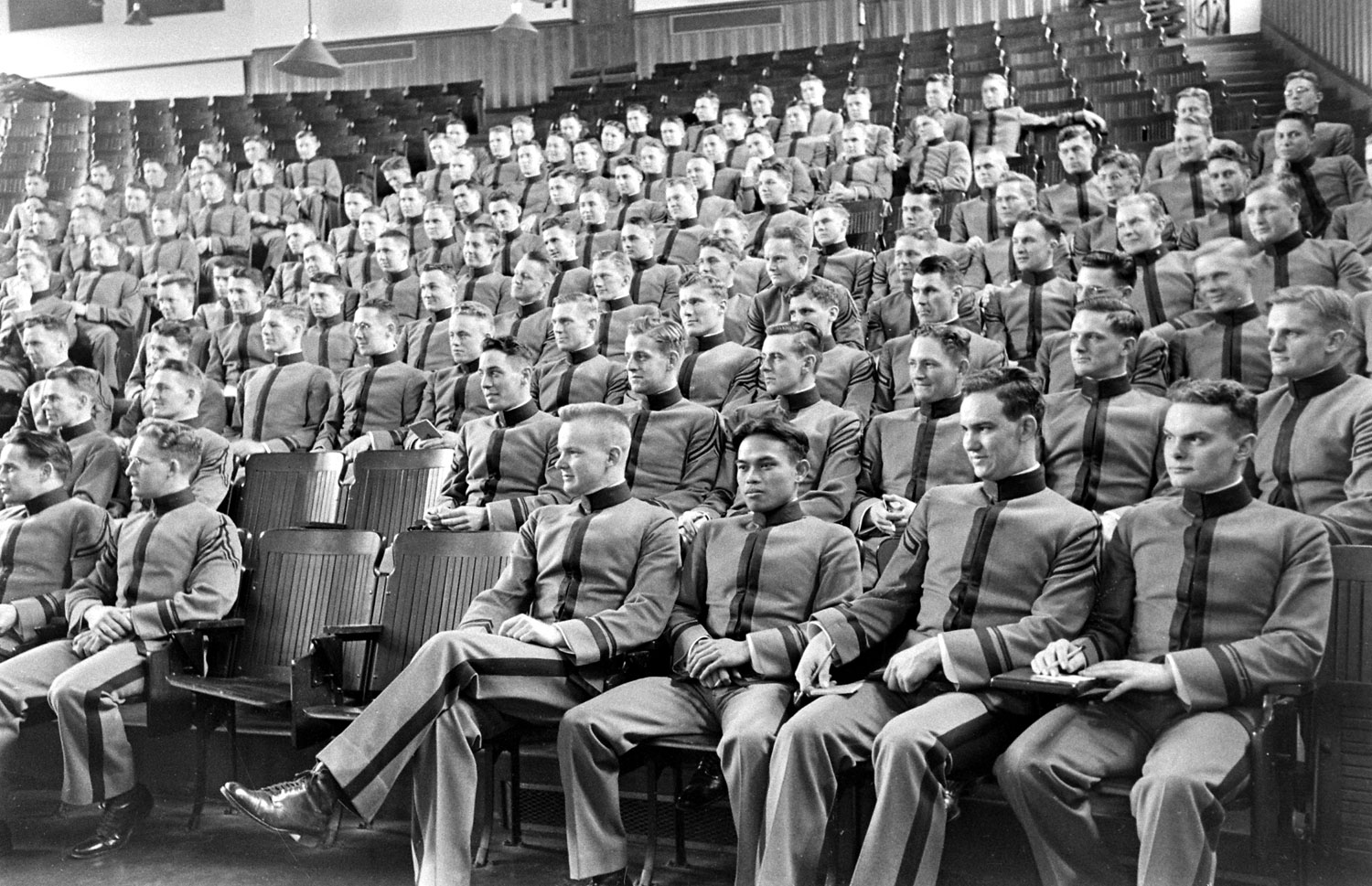

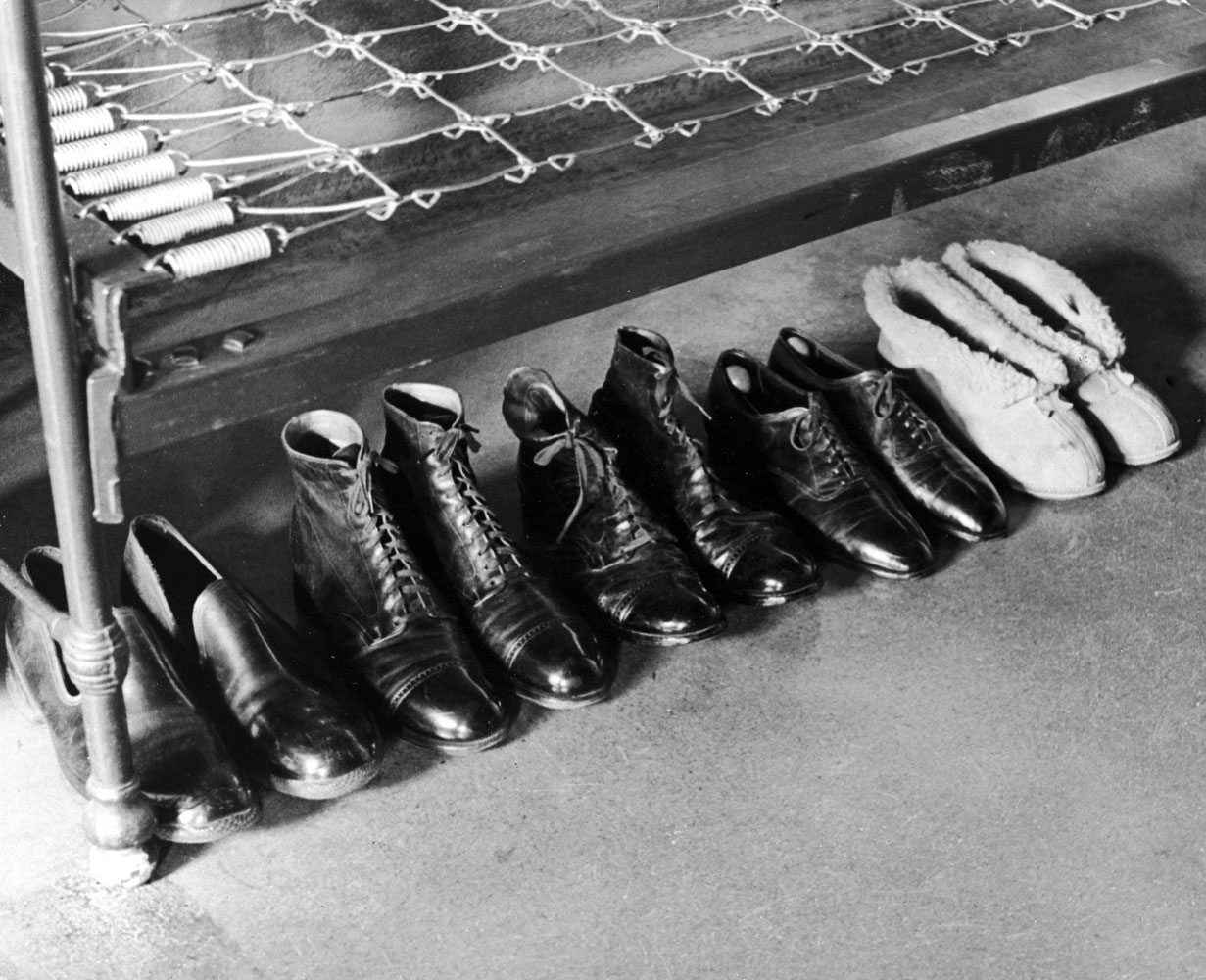
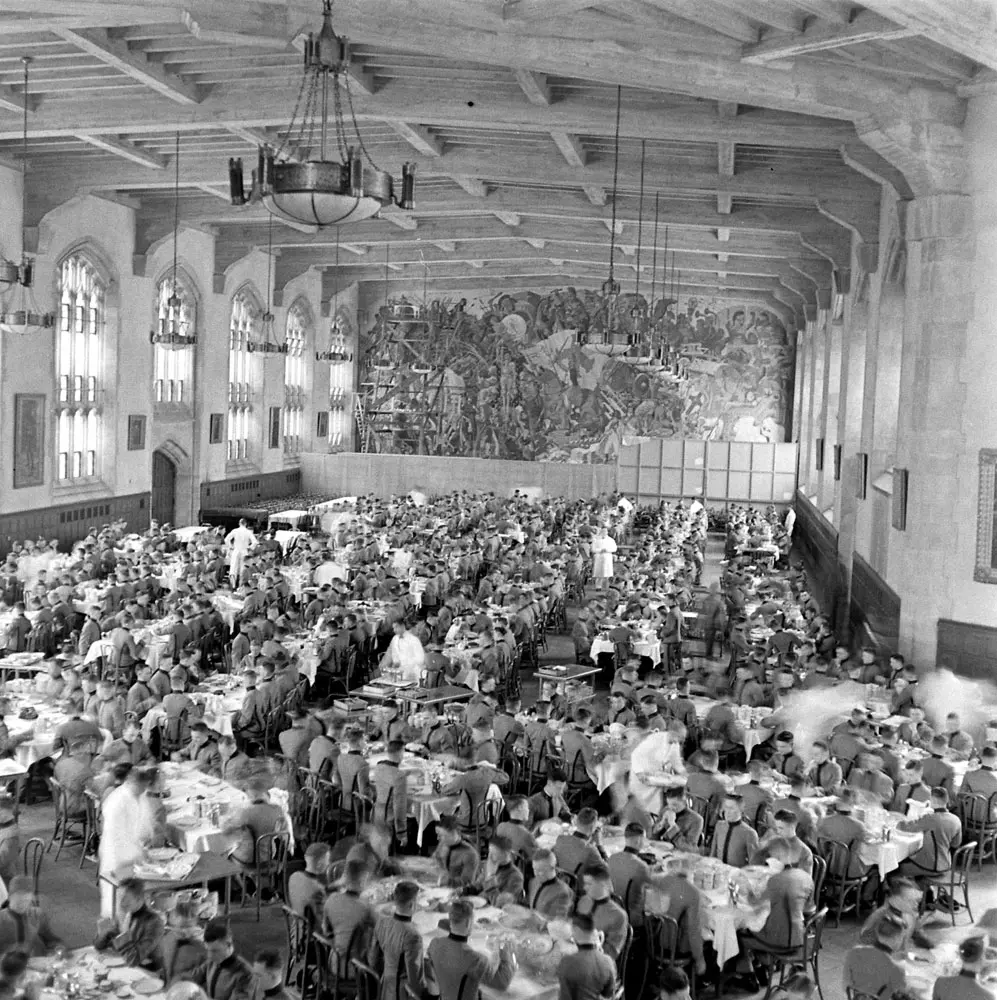
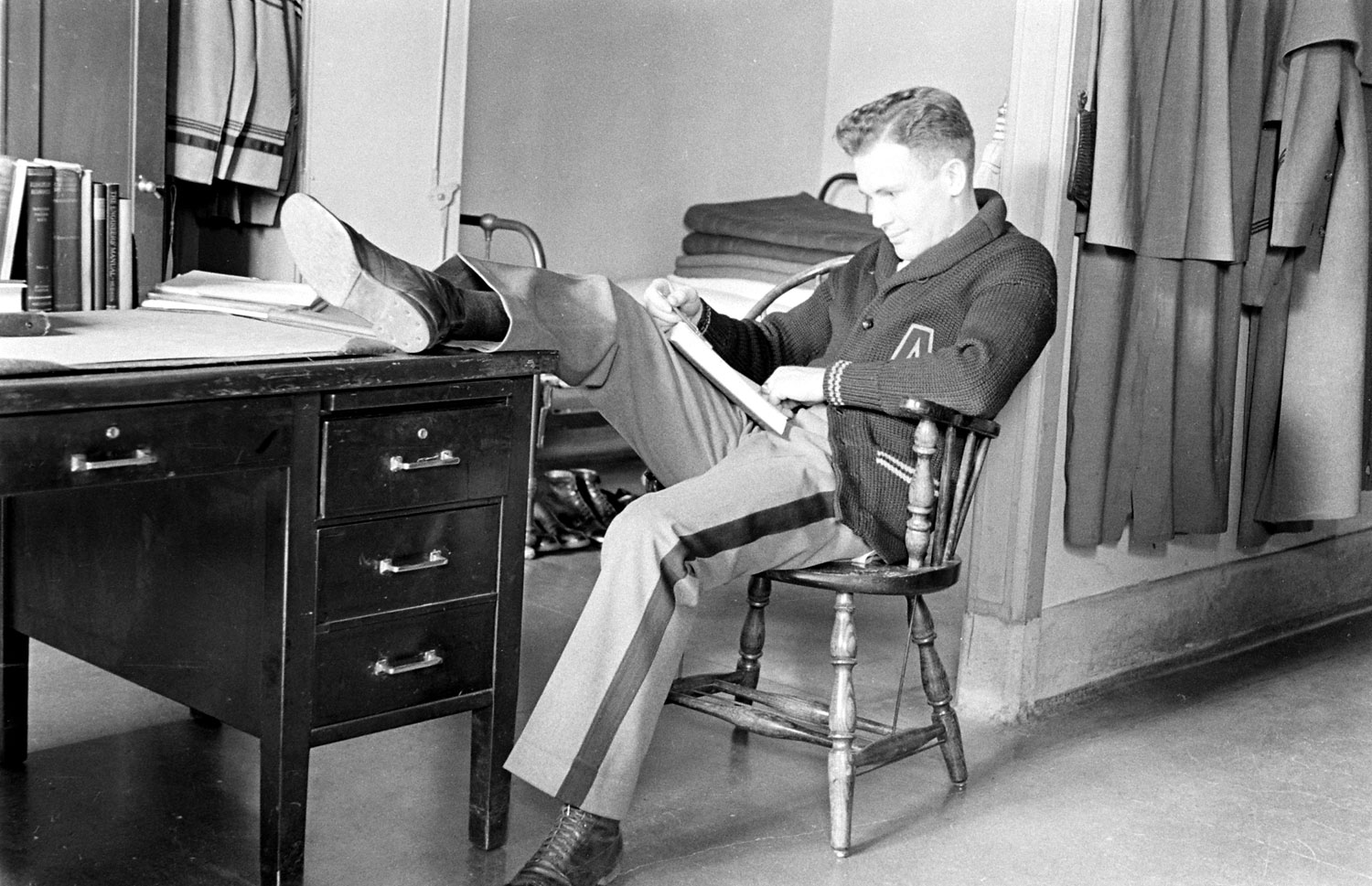

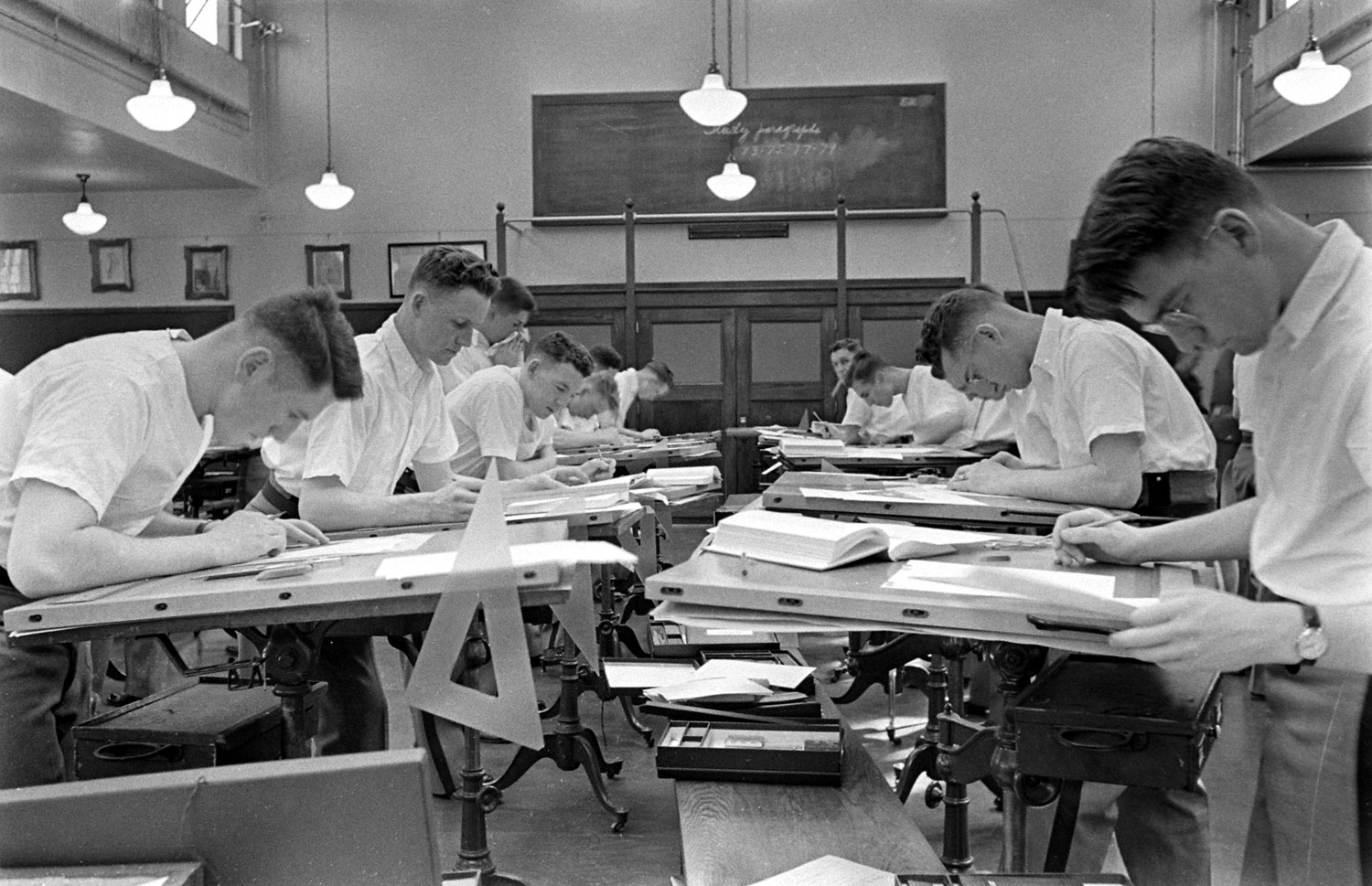

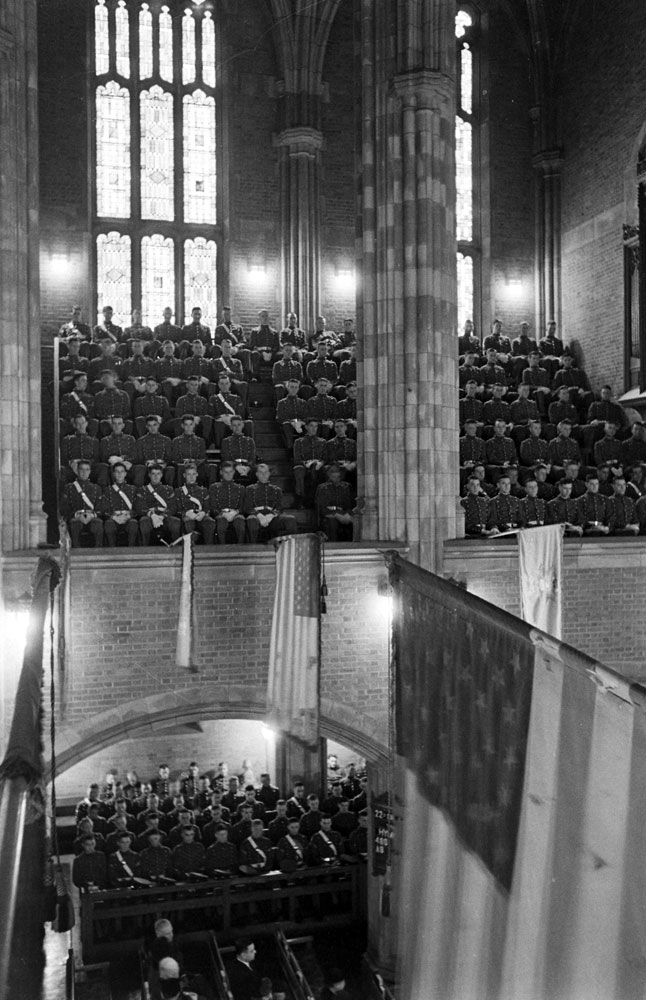
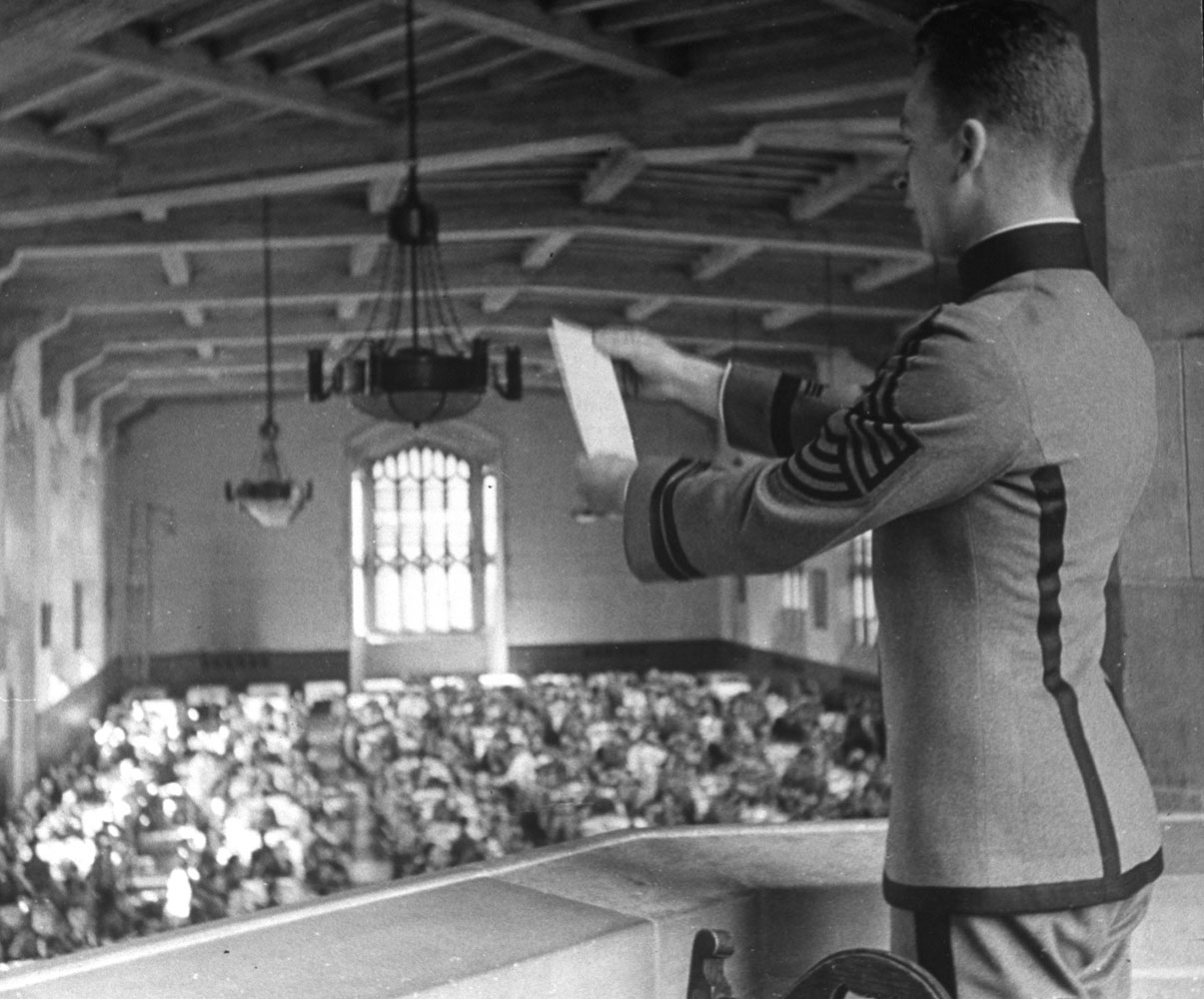

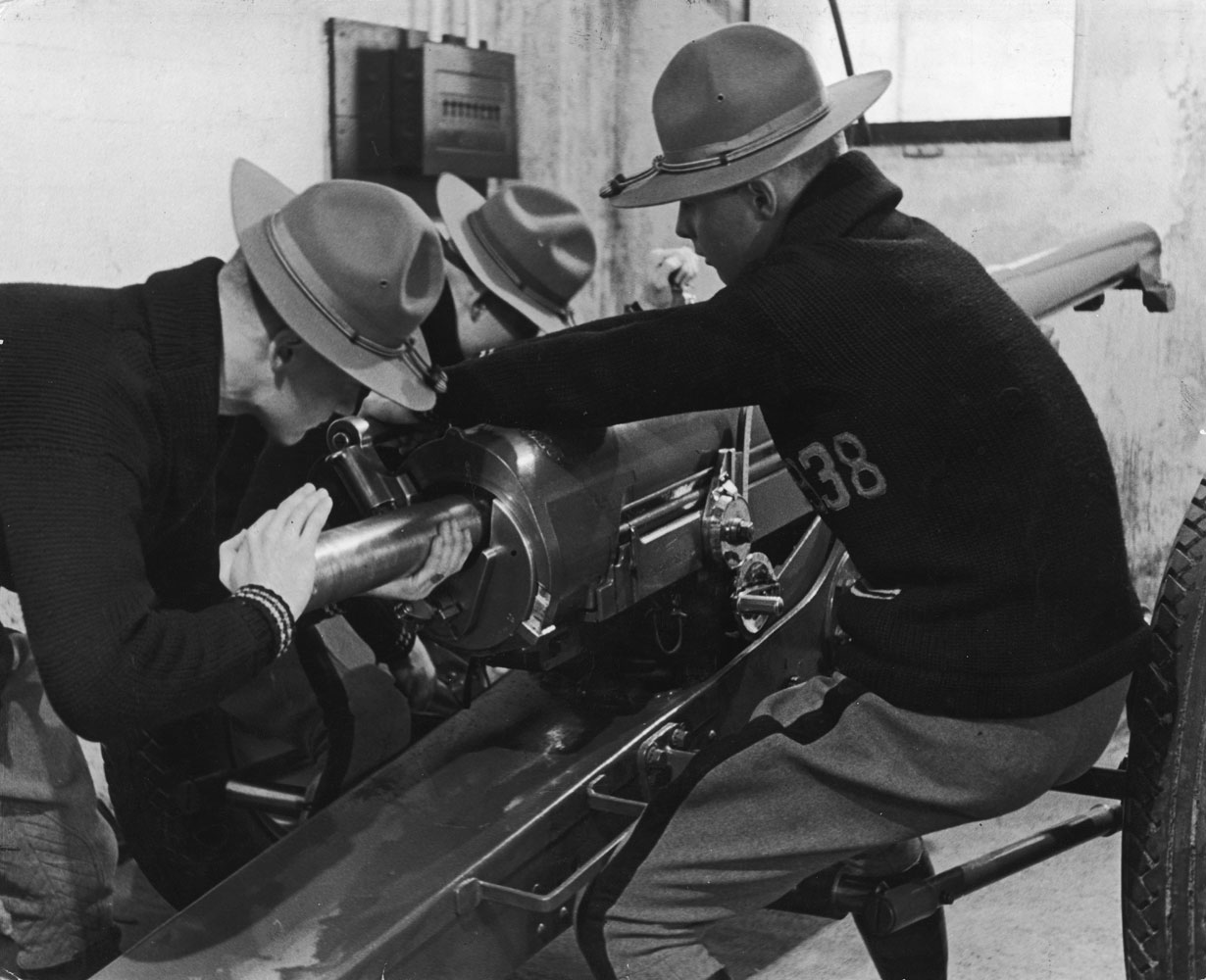


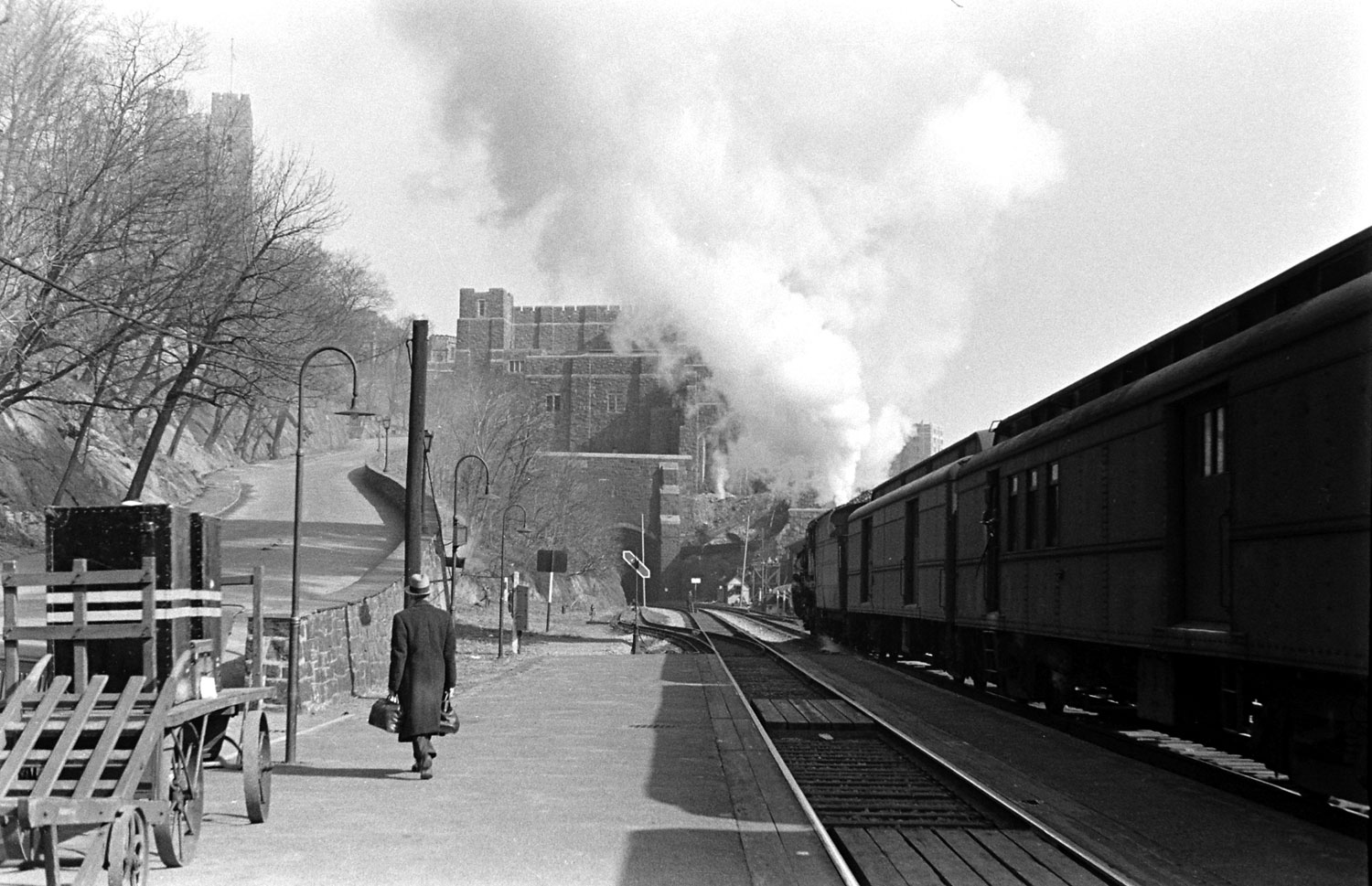
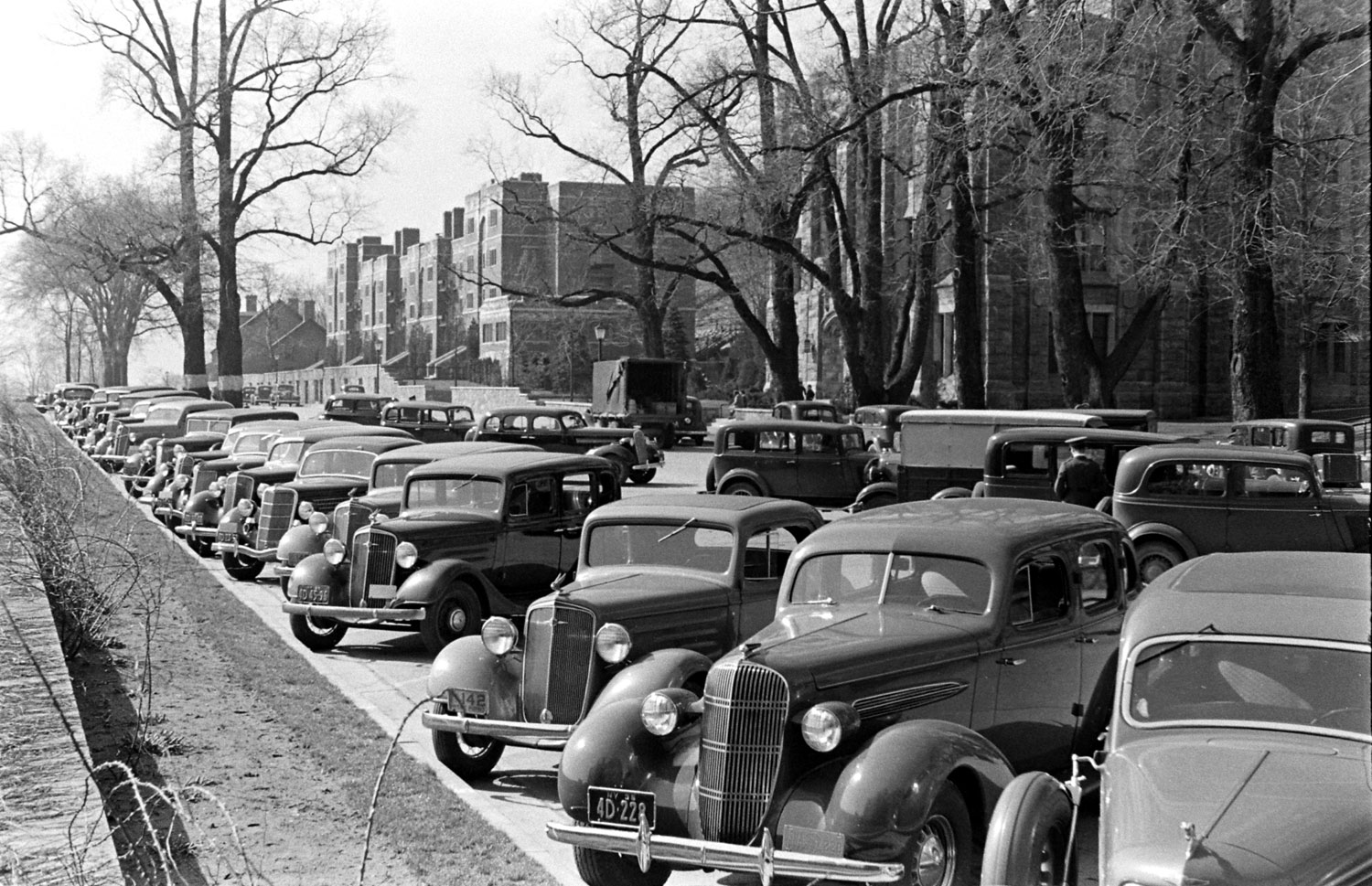
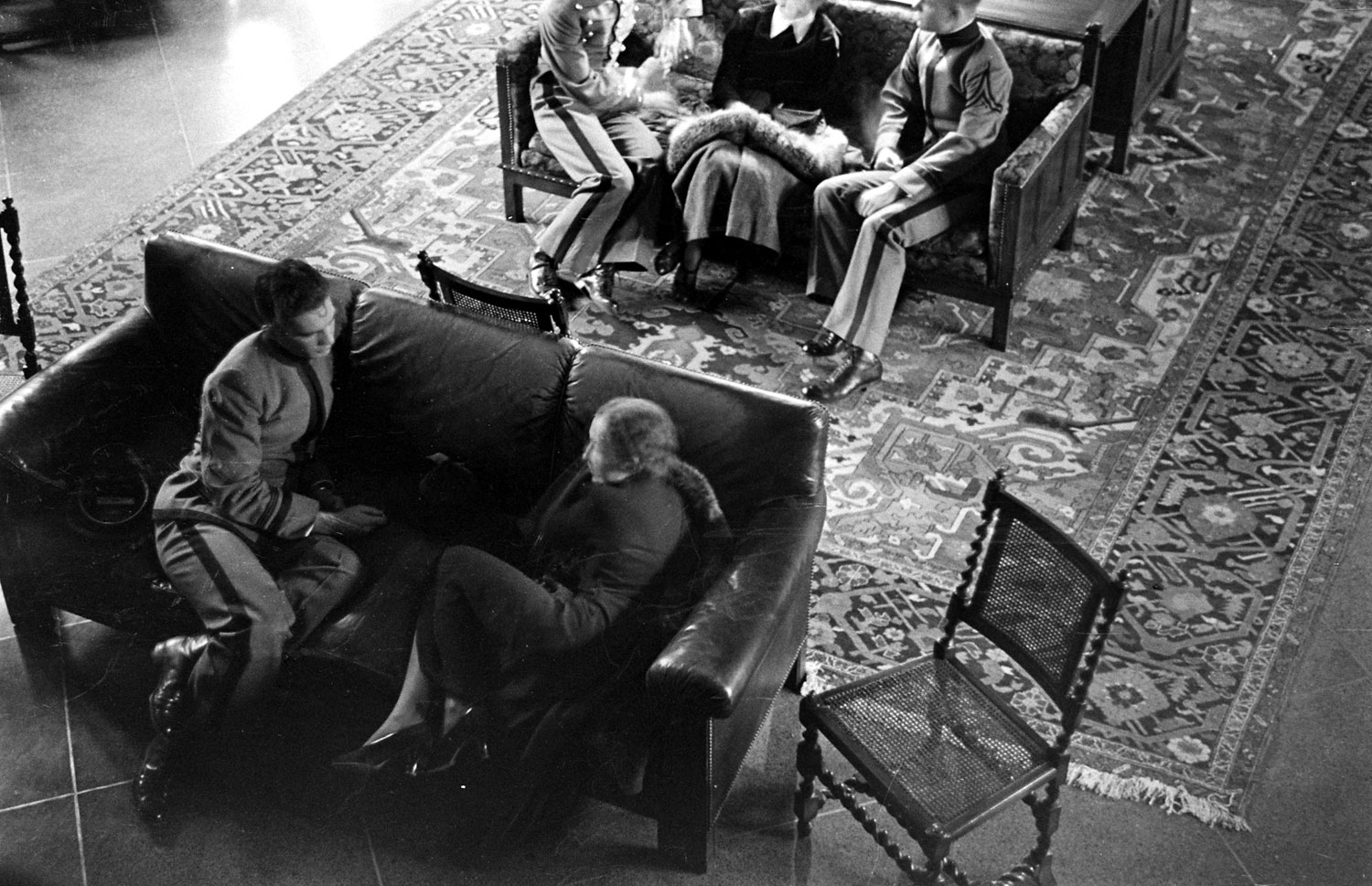
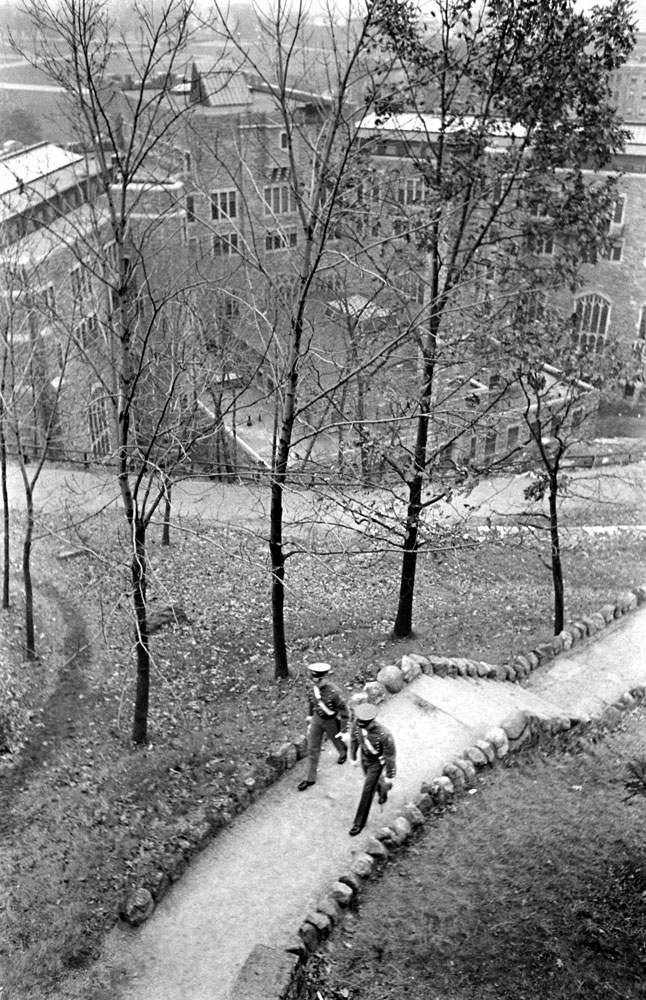
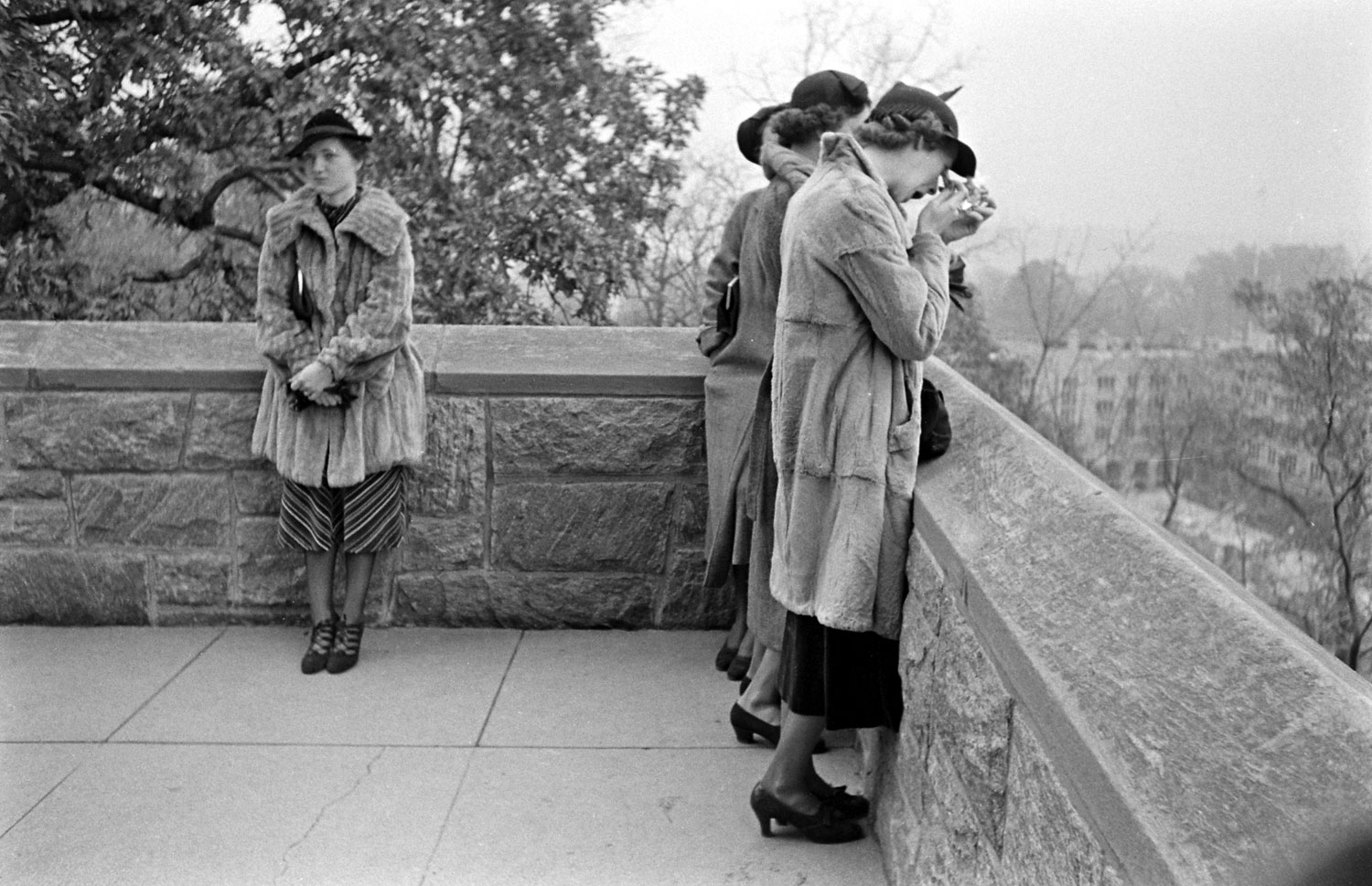
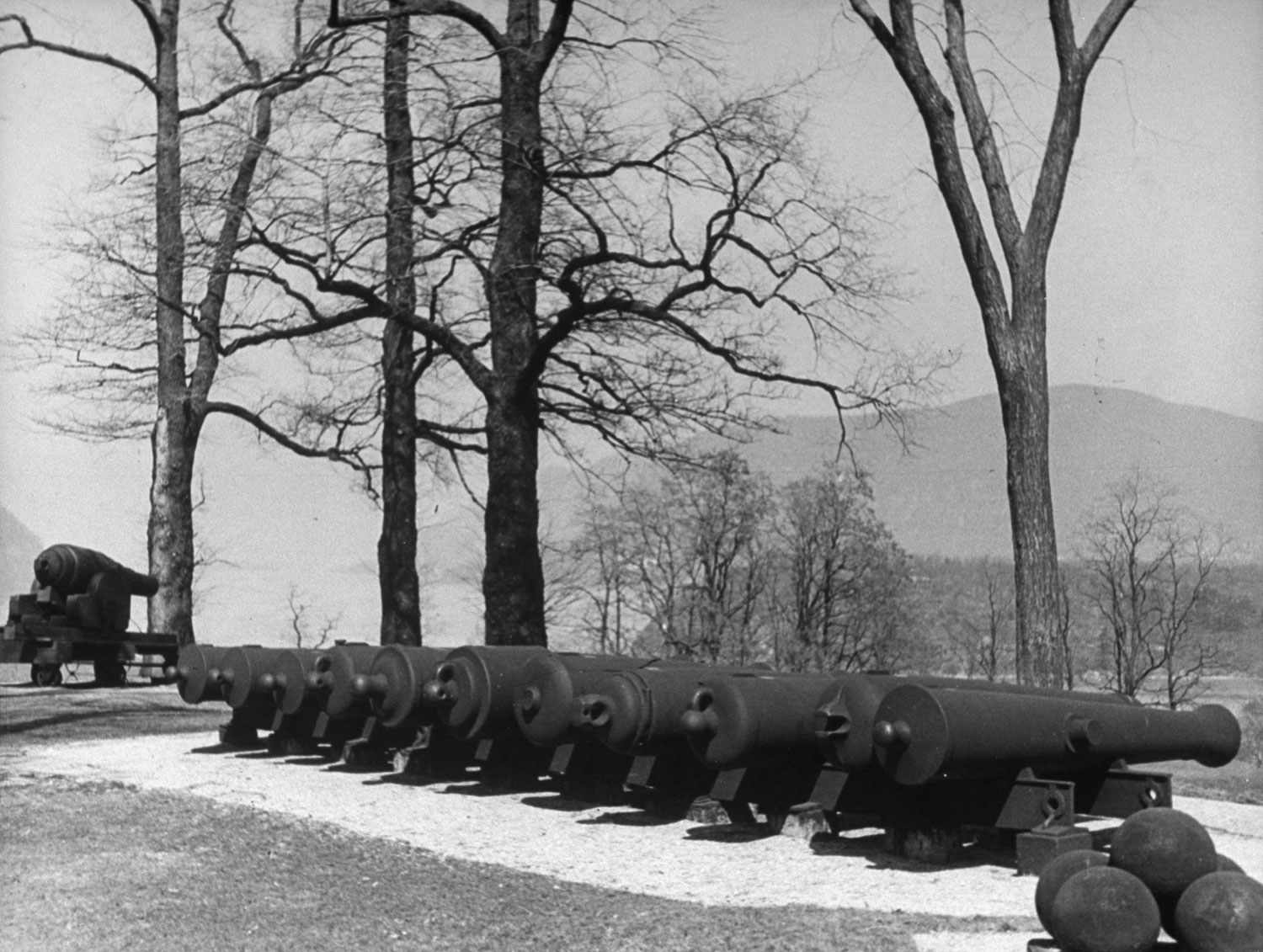
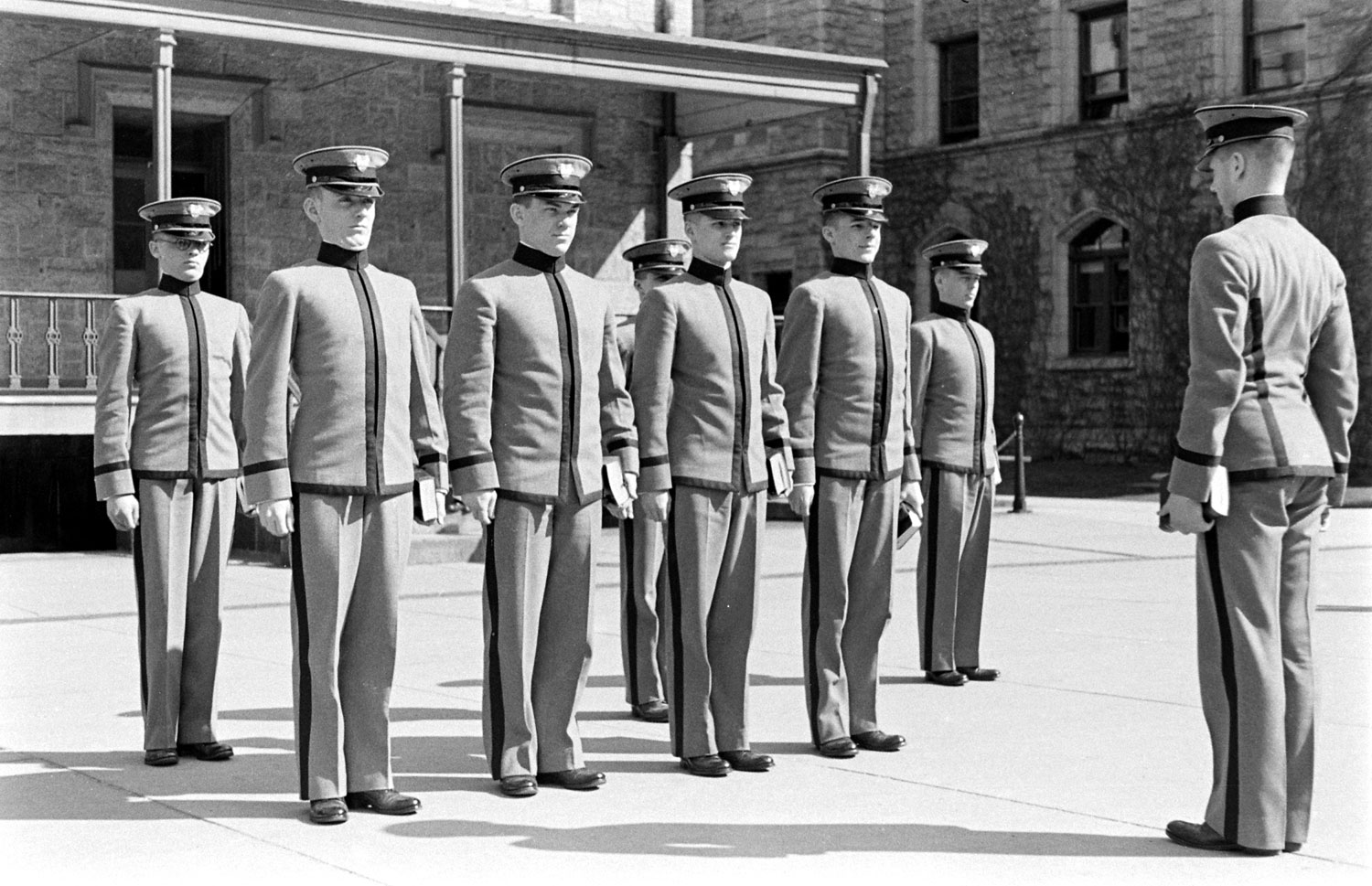

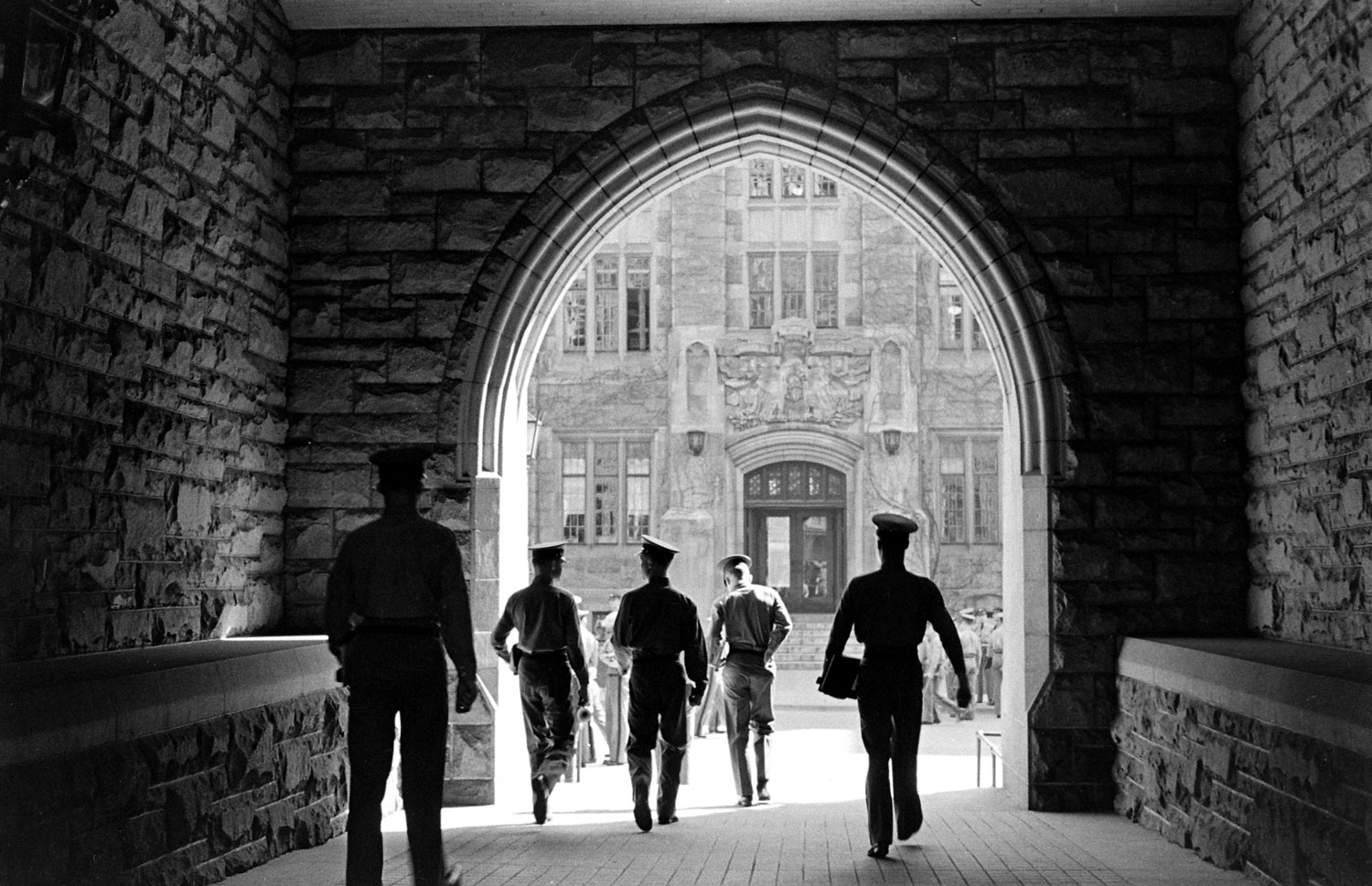
More Must-Reads from TIME
- Inside Elon Musk’s War on Washington
- Meet the 2025 Women of the Year
- The Harsh Truth About Disability Inclusion
- Why Do More Young Adults Have Cancer?
- Colman Domingo Leads With Radical Love
- How to Get Better at Doing Things Alone
- Cecily Strong on Goober the Clown
- Column: The Rise of America’s Broligarchy
Contact us at letters@time.com